-
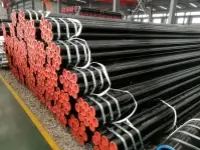
Seamless steel pipe is a type of steel pipe manufactured without any welding seam. It is produced by piercing a solid billet into a hollow tube, then elongating and shaping it through various processes like hot rolling or cold drawing. The absence of a weld makes seamless pipes stronger, more reliable, and better suited for high-pressure and high-temperature applications.
-
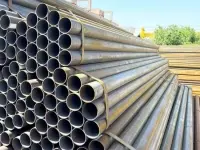
In the industrial piping industry, "pipe schedule" refers to the standardized wall thickness of a pipe. Defined by the American National Standards Institute (ANSI), the pipe schedule is critical in determining a pipe’s pressure capacity, mechanical strength, and suitability for different applications.
-
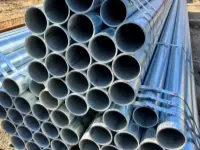
Galvanized steel pipes are a popular choice across multiple industries due to their durability, corrosion resistance, and cost-effectiveness. But what exactly are galvanized pipes, and what are they used for in modern construction, plumbing, and industrial settings? In this article, we explore the main uses of galvanized steel pipes, their advantages, and why they continue to be a go-to material for both residential and commercial projects.
-
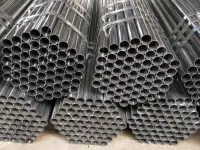
When selecting steel pipes for construction, plumbing, or industrial projects, understanding pipe weight is critical for both structural design and transportation planning. One of the most commonly used specifications in the industry is Schedule 40 steel pipe. But what exactly is the weight of a Schedule 40 steel pipe—and how do you calculate it?
-
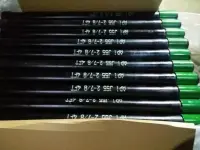
In the oil and gas industry—as well as in various pipeline and drilling operations—you might often hear the term "pup joint". Though small in size compared to standard drill or casing pipes, pup joints play an essential role in achieving precision in well design, equipment connections, and flowline adjustments. In this article, we’ll break down what pup joints are, how they’re used, and why they matter.
-
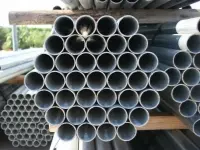
When working with galvanized pipes, especially in plumbing or construction projects, understanding the exact dimensions is crucial for ensuring proper installation and compatibility. One of the most frequently used sizes is the 1/2 inch galvanized pipe—but did you know that the actual outside diameter (OD) is not 1/2 inch?
-
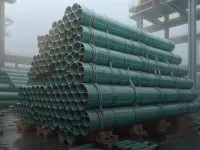
FBE coated pipe refers to a Fusion Bonded Epoxy coated pipe, which is a type of steel pipe that has been coated with a protective epoxy powder to enhance its corrosion resistance, abrasion resistance, and mechanical strength, especially in harsh environments such as underground or underwater pipelines.
-
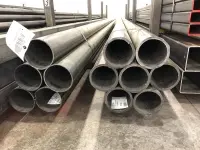
Structural pipe refers to steel pipe that is specifically manufactured or repurposed for structural and construction applications, rather than for conveying fluids or gases. It is used to support loads, provide structural integrity, and serve as framework in a wide range of building and industrial projects.
-
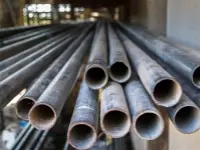
Seamless pipes are widely used across many industries due to their high strength, pressure resistance, and smooth internal surface. Unlike welded pipes, seamless pipes are manufactured without a seam or weld, making them ideal for applications requiring durability and performance under pressure or in harsh environments.
-
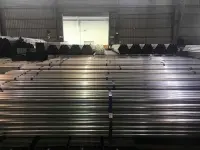
Schedule 40 pipe refers to a standard thickness (wall thickness) for pipes, mainly used in industries like construction, plumbing, and manufacturing.Here’s a clear breakdown.
-
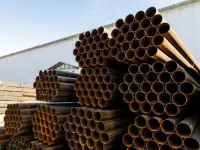
A513 steel pipe refers to a type of carbon steel mechanical tubing that is manufactured to the ASTM A513 specification. Here's a clear breakdown.
-
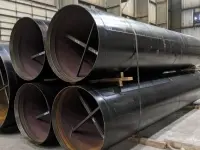
This article will briefly introduce what degree should a bevel be at when welding pipes.
-
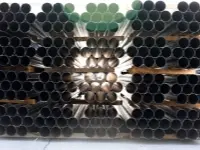
Measuring pipe length with fittings accurately is important for proper installation in plumbing, industrial piping, or any system involving pipe connections. Here’s how to do it depending on the type of fittings you’re using.
-
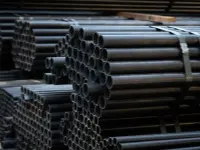
To calculate the pipe length, the method you use depends on what information you already have and what type of pipe layout you're dealing with. This article will briefly introduce how to calculate pipe length.
-
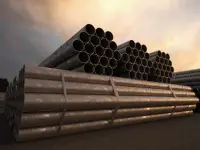
Nominal size in piping refers to a standardized designation used to identify the approximate size of pipes for identification and compatibility — not the exact physical dimensions.This article will briefly introduce what does nominal size mean in pipe.
-
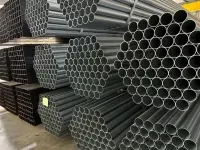
The main difference between Schedule 10 and Schedule 40 pipe is the wall thickness, which affects strength, pressure rating, and weight.
-
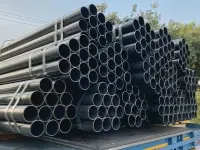
Measuring steel pipe size accurately is crucial for selection, installation, and system compatibility. Here’s a simple guide on how to measure steel pipe size step-by-step, whether for standard pipes (e.g. plumbing) or industrial use.
-
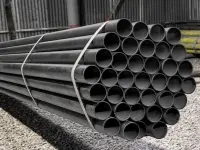
The strength of black iron pipe and galvanized pipe depends on their material composition and intended use. Here’s a comparison of black iron pipe and galvanized pipe strength.
-
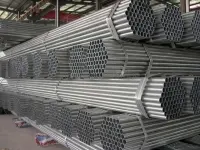
Measuring galvanized pipe size involves determining its outer diameter (OD), inner diameter (ID), and nominal pipe size (NPS). Here’s how you can do it.
-
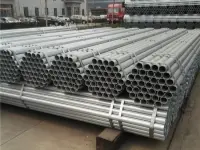
Pipe Schedule (SCH) is a standardized system that indicates the wall thickness of a pipe. It is used primarily for steel and galvanized pipes to ensure they meet specific pressure, strength, and durability requirements.This article will briefly introduce what is pipe schedule.
-
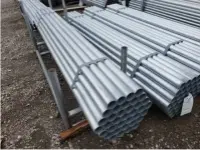
Galvanized steel pipes come in a variety of sizes, diameters, and wall thicknesses to suit different applications. The most common sizing standards are based on Nominal Pipe Size (NPS) in inches or millimeters, along with Schedule (SCH) numbers that indicate wall thickness.




















